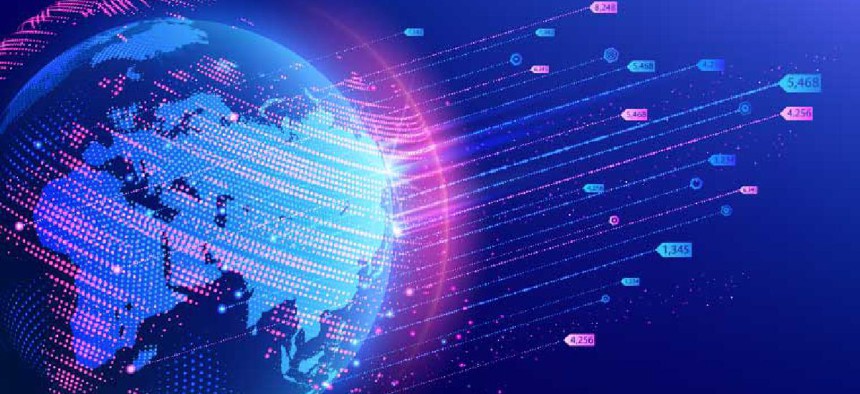A real-time mapping platform built from volunteered information


Connecting state and local government leaders
The ground-up approach makes PlanetSense a scalable, location-based intelligence-gathering platform.
When Hurricane Dorian hit the Bahamas on Sept. 1, 2019, researchers at Oak Ridge National Laboratory (ORNL) delivered near-real-time geographic data that helped officials make decisions -- from where to open emergency shelters to staffing first-aid centers.
The lab’s PlanetSense program gathers open-source geographic information from public posts on Facebook and Twitter about what’s happening in a specific place. It combines that information with breaking news, internet-of-things data and other online chatter to track disasters and major events in real time.
During natural disasters or major events, “there’s a large trail of location-based data out there that people like you and me put out from moment to moment,” said Gautam Thakur, a research scientist in ORNL’s geospatial science and human security division who leads the PlanetSense program.
“People are sharing pictures and videos on public-domain websites as events happen in real time. They’re implicitly volunteering critical geographic information: ‘I’m here in the Grand Bahamas, and the hospital where I work is damaged.’ But there were no tools to real-time process all this data. We know we have the required computational competency here at ORNL that can process it accurately and at high speed.”
PlanetSense detects sudden bursts of online activity as they happen -- photos, video, text -- that can signal disasters or events affecting to national security. The system can pick up keywords – fire, storm, flood – and spot clusters of similar posts from the same area.
“When we get that kind of information during one of these events, the system starts to spike,” Thakur said. “The whisper becomes a roar.”
This ground-up approach is what makes PlanetSense a scalable, location-based intelligence-gathering platform.
During Hurricane Dorian, Thakur’s team combined data from PlanetSense with flood maps and satellite imagery of the storm to identify the places hardest hit, from a sky-level view down to individual buildings, sewer systems and power grids, ORNL officials said.
“The whole approach increases autonomy, observability and confidence toward the decision-making process to advance the science of national security,” Thakur said.
Read more about the program here.




